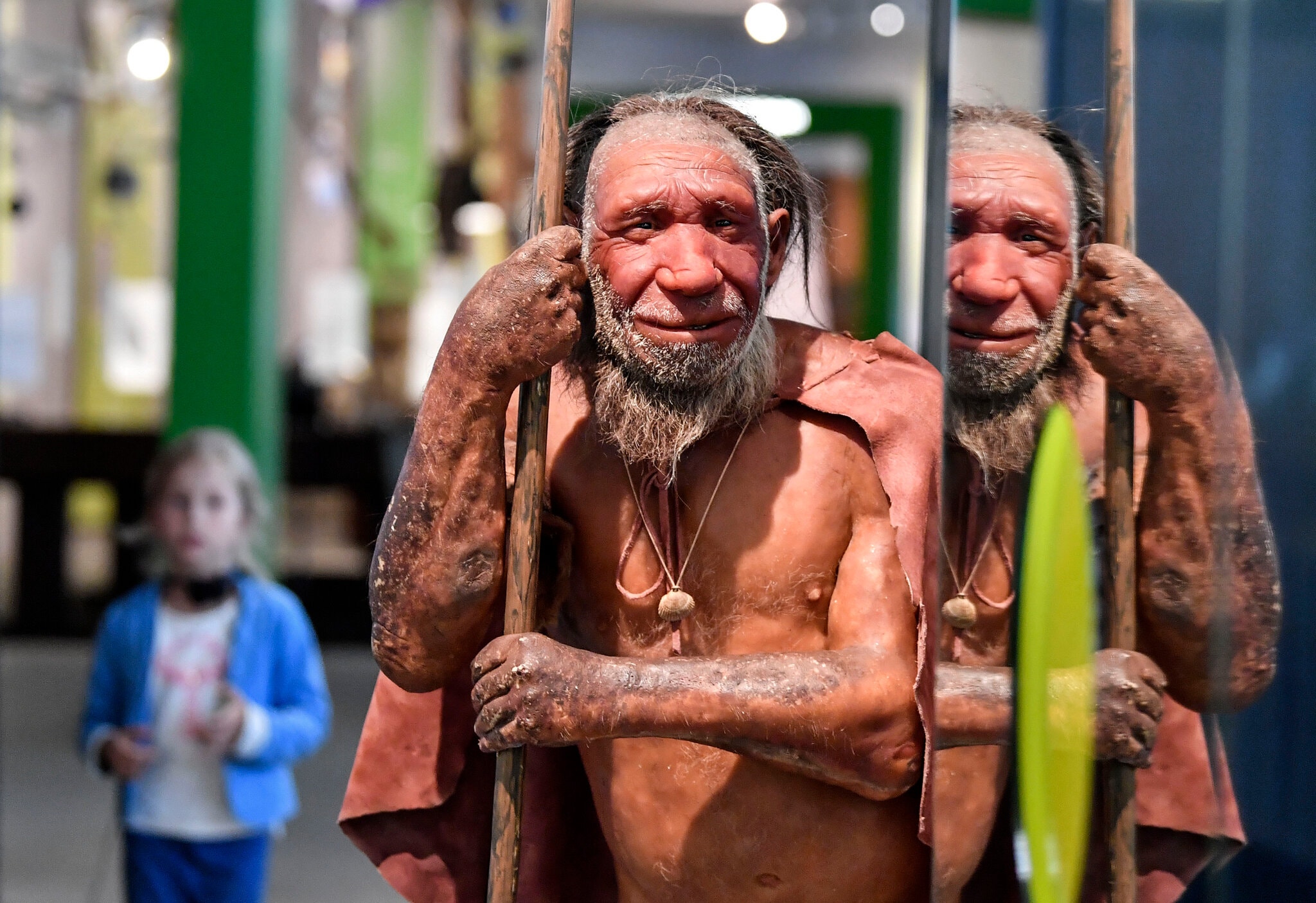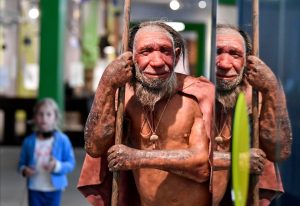Late last year, the New York Times Book Review ran a review of Rebecca Wragg Skyes’ Kindred: Neanderthal Life, Love, Death and Art. This is a synthesis of over 170 years worth of study of this highly intelligent hominid species who flourished for some 300,000 years. Many of the studies of this species has folks on particular aspects of their morphology, tool-making, funerary practices and the like. This volume pointedly seeks to knit it all together to paint a picture of how they viewed themselves and their existence. An excerpt reads:
“Sykes’s most important contribution is to understand Neanderthals on their own terms. We tend to discuss all other human species in relation to our own. We see them as steppingstones on the path to Sapiens, and we want to know in which ways we were superior to them, whether we had sex with them and whether we killed them off. But in Sykes’s story, Sapiens appear only as minor characters at the end. “Kindred” is about Neanderthals.
“Sykes explains that Neanderthals were sophisticated and competent human beings who adapted to diverse habitats and climates. They ranged from the shores of the Atlantic to the steppes of Central Asia. They thrived in hot climates as well as in ice age tundra. In addition to iconic large game hunts, Neanderthals also fished in rivers, gathered a multitude of plant species and sometimes stole honey from beehives. They manufactured complex tools, made clothing from animal hides, constructed cozy shelters, occasionally buried their dead and maybe, just maybe, even created art.”
read the entire piece:
https://www.nytimes.com/2020/11/07/books/review/kindred-neanderthals-rebecca-wragg-sykes.html.


